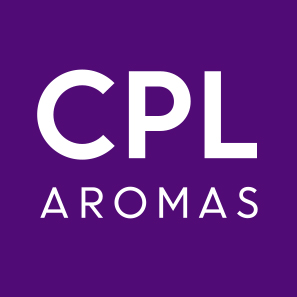Market overview: At a glance
What's in this report?
Introduction
Top 5 trends:
1. Customisation: Redefining luxury
5. Connecting through conversation

Based on global estimated figures. Source: Euromonitor International
Key market challenges addressed
The global beauty market is transforming. The top five multinational beauty companies in the key regions of Western Europe, North America and Asia Pacific are losing combined market share in skin care and colour cosmetics, as their power is challenged by small, disruptive players with an alternative approach to product and branding.
Whether they are independent, or backed by a big corporate, challenger brands are taking competition in the global beauty market up a notch, and in 2018 this will move to a higher level still.
Sophie Maxwell, Futures Director, London and New York at creative design agency Pearlfisher, says that we will see “a new breed of bold brands who no longer follow the rules but still offer competitively priced, elevated and quality products in differing formats.”
So where does this leave traditional beauty brands? “As these regions become highly fragmented, large industry players need to reinvent their legacy brands and renew their brand portfolio via acquisition and start-up partnerships, to remain relevant in the eyes of consumers,” says Euromonitor.
The key for all brands is to look at what is governing the needs and wants of today’s beauty consumer. “Today’s biggest challenge – or opportunity – for brands needs to be about finding ways to be more direct with their audience and foster reciprocal relationships through real-time marketing, bold communication and touch of a button experiences that maintain a feeling of intimacy, surprise, relevancy and speed,” says Maxwell.


